Alberta
Alberta Relaunch stage 1 mostly a go for Thursday – Restrictions for Calgary and Brooks

From the Province of Alberta
Alberta is ready for relaunch
Stage one – all areas of Alberta except cities of Calgary and Brooks
- With increased infection prevention and control measures to minimize the risk of increased transmission of infections, some businesses and facilities can start to resume operations on May 14 in all areas except the cities of Calgary and Brooks:
- Retail businesses, such as clothing, furniture and bookstores. All vendors at farmers markets will also be able to operate.
- Museums and art galleries.
- Daycares and out-of-school care with limits on occupancy.
- Hairstyling and barbershops.
- Cafés, restaurants, pubs and bars will be permitted to reopen for table service only at 50 per cent capacity.
- Day camps, including summer school, will be permitted with limits on occupancy.
- Post-secondary institutions will continue to deliver courses; however, there will be more flexibility to include in-person delivery once the existing health order prohibiting in-person classes is lifted.
- Places of worship and funeral services, if they follow specific guidance already online.
- The resumption of some scheduled, non-urgent surgeries will continue gradually.
- Regulated health professions are permitted to offer services as long as they continue to follow approved guidelines set by their professional colleges.
- In Calgary and Brooks, the relaunch will be gradual over 18 days due to higher COVID-19 case numbers in these communities.
Stage one – cities of Calgary and Brooks
Opening May 14:
- Retail businesses, such as clothing, furniture and bookstores. All vendors at farmers markets will also be able to operate.
- Museums and art galleries.
- Daycares and out-of-school care with limits on occupancy.
- The resumption of some scheduled, non-urgent surgeries will continue gradually.
- Regulated health professions are permitted to offer services as long as they continue to follow approved guidelines set by their professional colleges.
Opening May 25:
- Hairstyling and barbershops.
- Cafés, restaurants, pubs and bars will be permitted to reopen for table service only at 50 per cent capacity.
Opening June 1:
- Day camps, including summer school, will be permitted with limits on occupancy.
- Post-secondary institutions will continue to deliver courses; however, there will be more flexibility to include in-person delivery once the existing health order prohibiting in-person classes is lifted.
- Places of worship and funeral services, if they follow specific guidance already online.
The new alberta.ca/bizconnect web page provides business owners with information on health and safety guidelines for general workplaces, as well as sector-specific guidelines for those able to open in stage one. Businesses allowed to reopen during stage one will be subject to strict infection prevention and control measures, and will be carefully monitored for compliance with public health orders. It will be up to each business operator to determine if they are ready to open and ensure all guidance has been met.
Physical distancing requirements of two metres remain in place through all stages of relaunch and hygiene practices will continue to be required of businesses and individuals, along with instructions for Albertans to stay home when exhibiting symptoms such as cough, fever, shortness of breath, runny nose, or sore throat. Albertans are also encouraged to wear non-medical masks when out in public places where keeping a distance of two metres is difficult.
Still not permitted in stage one:
- Gatherings of more than 15 people unless otherwise identified in public health orders or guidance.
- Gatherings of 15 people or fewer must follow personal distancing and other public health guidelines.
- Arts and culture festivals, major sporting events and concerts, all of which involve close physical contact.
- Movie theatres, theatres, pools, recreation centres, arenas, spas, gyms and nightclubs will remain closed.
- Services offered by allied health disciplines like acupuncture and massage therapy.
- Visitors to patients at health-care facilities will continue to be limited; however, outdoor visits are allowed with a designated essential visitor and one other person (a group of up to three people, including the resident), where space permits. However, physical distancing must be practised and all visitors must wear a mask or some other form of face covering.
- In-school classes for kindergarten to Grade 12 students.
Recommendations:
- Travel outside the province is not recommended.
- Remote working is advised where possible.
- Encourage Albertans in Calgary and Brooks to wait to access services upon reopening in their communities rather than travelling for services.
- Albertans are encouraged to download the ABTraceTogether mobile contact tracing app and use it when in public.
Progression to stage two will be determined by the success of stage one, considering health-care system capacity, hospitalization and intensive care unit (ICU) cases, and infection rates. For more information, visit alberta.ca/RelaunchStrategy.
Quick facts
- Relaunch stages will include an evaluation and monitoring period to determine if restrictions should be adjusted. Triggers that will inform decisions on the lessening or tightening of restrictions include hospitalizations and intensive care unit (ICU) occupancy.
- Confirmed cases, the percentage of positive results and the rate of infection will be monitored on an ongoing basis to inform proactive responses in localized areas of the province.
- Decisions will be applied at both provincial and local levels, where necessary. While restrictions are gradually eased across the province, an outbreak may mean that they need to be strengthened temporarily in a local area.
- The most important measure Albertans can take to prevent respiratory illnesses, including COVID-19, is to practise physical distancing and good hygiene.
- This includes cleaning your hands regularly for at least 20 seconds, avoiding touching your face, coughing or sneezing into your elbow or sleeve, and disposing of tissues appropriately.
Alberta
Alberta Next: Taxation
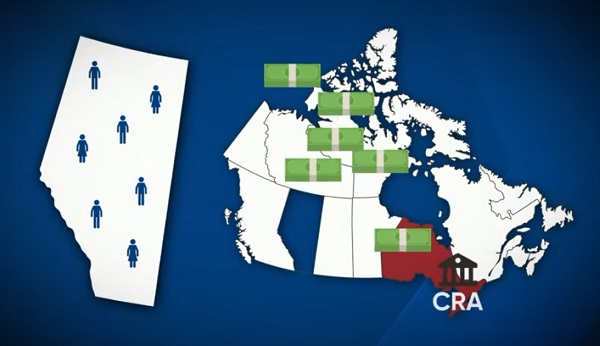
A new video from the Alberta Next panel looks at whether Alberta should stop relying on Ottawa to collect our provincial income taxes. Quebec already does it, and Alberta already collects corporate taxes directly. Doing the same for personal income taxes could mean better tax policy, thousands of new jobs, and less federal interference. But it would take time, cost money, and require building new systems from the ground up.
Alberta
Cross-Canada NGL corridor will stretch from B.C. to Ontario
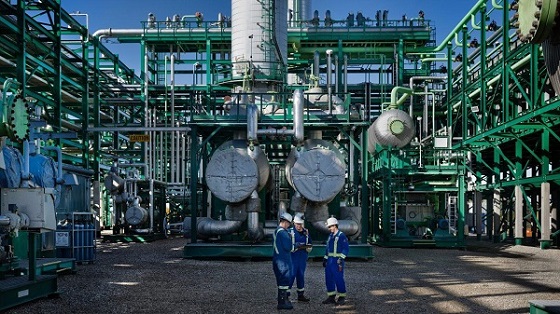
Keyera Corp.’s natural gas liquids facilities in Fort Saskatchewan. Photo courtesy Keyera Corp.
From the Canadian Energy Centre
By Will Gibson
Keyera ‘Canadianizes’ natural gas liquids with $5.15 billion acquisition
Sarnia, Ont., which sits on the southern tip of Lake Huron and peers across the St. Clair River to Michigan, is a crucial energy hub for much of the eastern half of Canada and parts of the United States.
With more than 60 industrial facilities including refineries and chemical plants that produce everything from petroleum, resins, synthetic rubber, plastics, lubricants, paint, cosmetics and food additives in the southwestern Ontario city, Mayor Mike Bradley admits the ongoing dialogue about tariffs with Canada’s southern neighbour hits close to home.
So Bradley welcomed the announcement that Calgary-based Keyera Corp. will acquire the majority of Plains American Pipelines LLP’s Canadian natural gas liquids (NGL) business, creating a cross-Canada NGL corridor that includes a storage hub in Sarnia.
“As a border city, we’ve been on the frontline of the tariff wars, so we support anything that helps enhance Canadian sovereignty and jobs,” says the long-time mayor, who was first elected in 1988.
The assets in Sarnia are a key piece of the $5.15 billion transaction, which will connect natural gas liquids from the growing Montney and Duvernay plays in B.C. and Alberta to markets in central Canada and the eastern U.S. seaboard.
NGLs are hydrocarbons found within natural gas streams including ethane, propane and pentanes. They are important energy sources and used to produce a wide range of everyday items, from plastics and clothing to fuels.
Keyera CEO Dean Setoguchi cast the proposed acquisition as an act of repatriation.
“This transaction brings key NGL infrastructure under Canadian ownership, enhancing domestic energy capabilities and reinforcing Canada’s economic resilience by keeping value and decision-making closer to home,” Setoguchi told analysts in a June 17 call.
“Plains’ portfolio forms a fully integrated cross Canada NGL system connecting Western Canada supply to key demand centres across the Prairie provinces, Ontario and eastern U.S.,” he said.
“The system includes strategic hubs like Empress, Fort Saskatchewan and Sarnia – which provide a reliable source of Canadian NGL supply to extensive fractionation, storage, pipeline and logistics infrastructure.”
Martin King, RBN Energy’s managing director of North America Energy Market Analysis, sees Keyera’s ability to “Canadianize” its NGL infrastructure as improving the company’s growth prospects.
“It allows them to tap into the Duvernay and Montney, which are the fastest growing NGL plays in North America and gives them some key assets throughout the country,” said the Calgary-based analyst.
“The crown assets are probably the straddle plants in Empress, which help strip out the butane, ethane and other liquids for condensate. It also positions them well to serve the eastern half of the country.”
And that’s something welcomed in Sarnia.
“Having a Canadian source for natural gas would be our preference so we see Keyera’s acquisition as strengthening our region as an energy hub,” Bradley said.
“We are optimistic this will be good for our region in the long run.”
The acquisition is expected to close in the first quarter of 2026, pending regulatory approvals.
Meanwhile, the governments of Ontario and Alberta are joining forces to strengthen the economies of both regions, and the country, by advancing major infrastructure projects including pipelines, ports and rail.
A joint feasibility study is expected this year on how to move major private sector-led investments forward.
-

 Business24 hours ago
Business24 hours agoCarney government should apply lessons from 1990s in spending review
-

 Business1 day ago
Business1 day agoTrump to impose 30% tariff on EU, Mexico
-
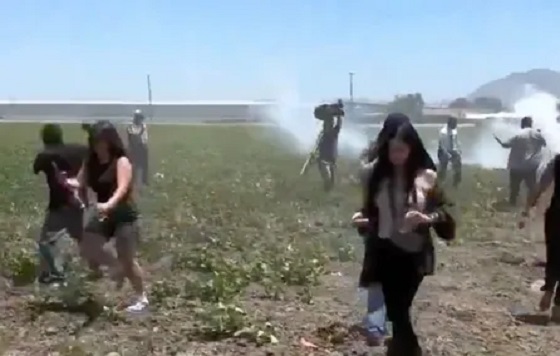
 illegal immigration1 day ago
illegal immigration1 day agoICE raids California pot farm, uncovers illegal aliens and child labor
-

 Entertainment24 hours ago
Entertainment24 hours agoStudy finds 99% of late-night TV guests in 2025 have been liberal
-
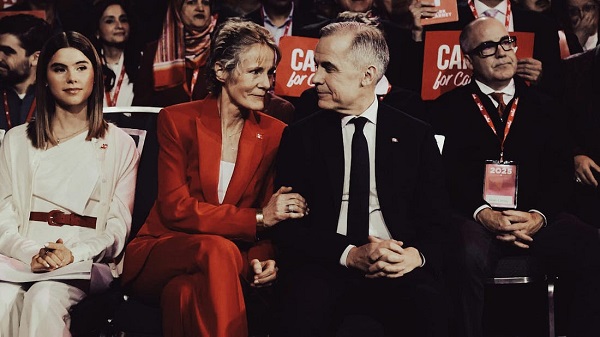
 Business2 days ago
Business2 days ago103 Conflicts and Counting Unprecedented Ethics Web of Prime Minister Mark Carney
-
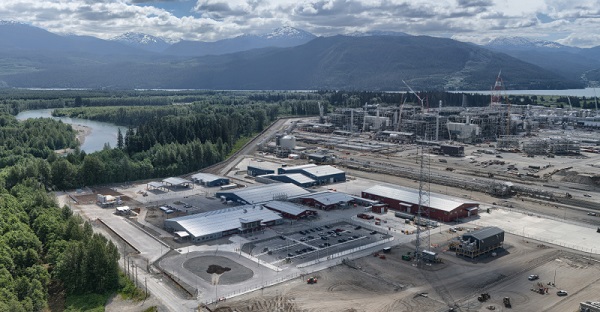
 Energy1 day ago
Energy1 day agoLNG Export Marks Beginning Of Canadian Energy Independence
-

 Frontier Centre for Public Policy12 hours ago
Frontier Centre for Public Policy12 hours agoCanada’s New Border Bill Spies On You, Not The Bad Guys
-

 Uncategorized12 hours ago
Uncategorized12 hours agoCNN’s Shock Climate Polling Data Reinforces Trump’s Energy Agenda




